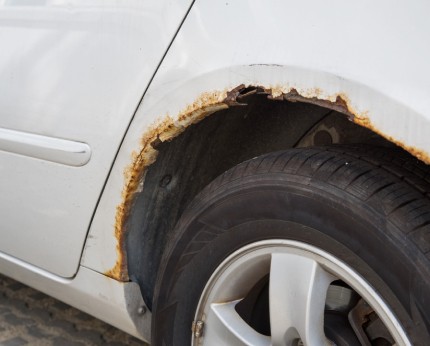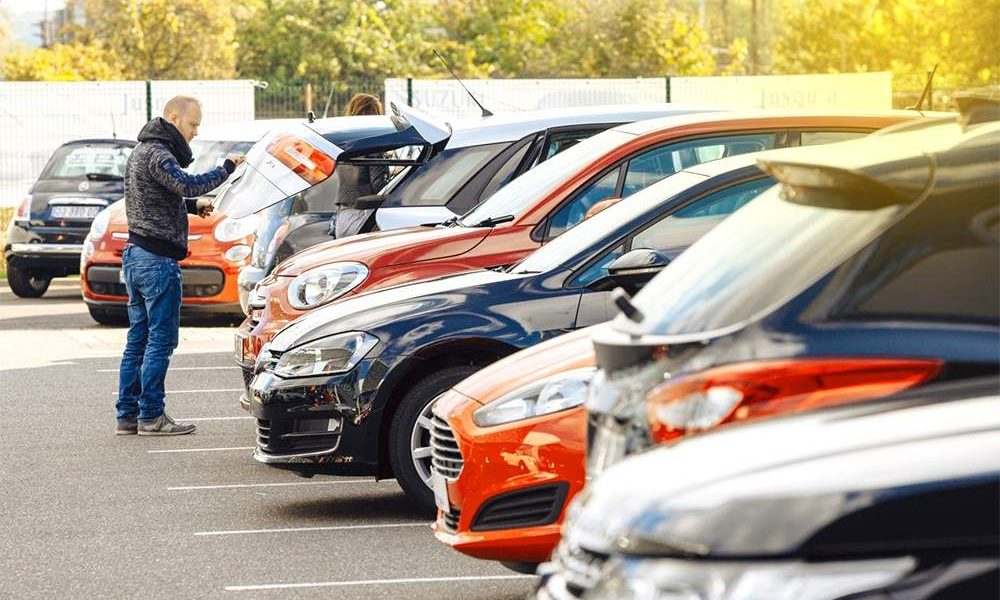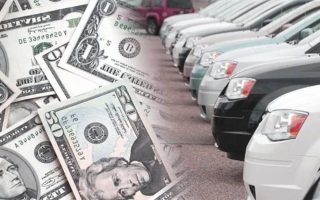While you’re looking for a new car for yourself, you might be wondering if it’s better to buy a car that’s completely new, or if a used one would suit you better. A glossy new automobile might be eye-catching, but chances are you wouldn’t want to empty your pockets entirely.
If you finally settled the debate and decided that your better option is to buy a used car, then this article is for you.
The most important things to check in a used car
Many questions arise when you are looking for a used car. There is a high chance that you learn that the vehicle is badly damaged after you’ve already made the purchase, or you could even be buying a stolen car and not knowing it.
These are worries all buyers have, but don’t panic. There are ways to check if the vendor can be trusted and if the car is worth the money. Below are the 11 most important things to look for when buying a used car.
1. Mileage
 Besides asking your vendor about the car’s history, it’s important to look at the mileage because it can tell you a lot about the car’s condition.
Besides asking your vendor about the car’s history, it’s important to look at the mileage because it can tell you a lot about the car’s condition.
Look at the number on the odometer and divide it by the car’s age. A good mileage is something around 12 000 miles per year. If it’s higher than that, the chance of wear and tear on the components of the car is serious.
2. Was it regularly driven
Although a high mileage is not a good sign, if the car wasn’t driven regularly, chances are it will have some damage that has not been looked after. The battery needs to be used regularly in order to work well, and there are also other issues that get noticed only when the car is driven.
For that reason, it’s also not good to choose a car with a mileage that’s too low.
3. Where was it kept
A car that was kept in a garage has probably been better maintained than one that was exposed to the weather conditions all the time.
To make sure that the seller is not lying to you that the car was garaged, check the wheel for sun-faded spots and that the paint is in perfect condition.
4. Has it been in a serious crash
Require information about the accident history of the vehicle. If there has been severe damage, chances are that you will need to take it often to the repair shop.
If, however, its condition looks good and a mechanic approves it, then the car should be fine.
5. The engine
The engine is the heart of the car and its most important part. Always carefully inspect the engine and look for corrosion, leaks, cracks, and other signs of damage.
6. Tires
Tires might not be the first thing you are thinking about when inspecting a new car, but it’s important to have a look at them too. Check if they are evenly worn out.
If there is a sign of uneven wear, that means there might be problems with the suspension, the frame, or the steering and the car needs further inspection.
7. Inspect the frame
Check the frame for any alarming issues like hanging parts, cracks, and warping. These could be signs of a past road accident or problems with the undercarriage.
If there are minor issues, the seller should be open about them. After all, you shouldn’t expect the vehicle to be completely perfect, so if the problem really is minor, you shouldn’t be too worried about it.
8. Look for rust
 Walk around the car and inspect its exterior for rust. Also carefully look at the paint to see if there is any scraping anywhere that would need fixing.
Walk around the car and inspect its exterior for rust. Also carefully look at the paint to see if there is any scraping anywhere that would need fixing.
If there are some small patches of rust they could be easily fixed and it’s something normal for a used car, but if there are large areas of corrosion, then you might want to look for a different car.
9. Check the interior
Something you shouldn’t forget is to check the condition of the interior, the upholstered seating, and the electronics. Make sure the air conditioning system is properly working and play some radio if you enjoy listening to some great tunes while on the road.
10. Take a drive
Don’t hesitate to test the car yourself. See how the steering wheel feels, check if the brakes are properly working, and try maneuvering. Only after that can you be sure that you will be enjoying your new vehicle, and that driving will be safe.
11. See a mechanic
If you’ve gone through the checklist and it seems like you found your car, don’t forget to still take it to an auto mechanic for a professional opinion. He could tell you if there are any aspects that could become future problems and save you a lot of trouble and money.

My name is Rebecca McCarthy and I am an American girl with British heritage residing in the beautiful city of Nashville, Tennessee. I have always had a keen interest in cars, particularly brand new ones that showcase the latest technology and design features. I am also passionate about travelling and experiencing new cultures, as well as enjoying hot summer days with friends and family.



